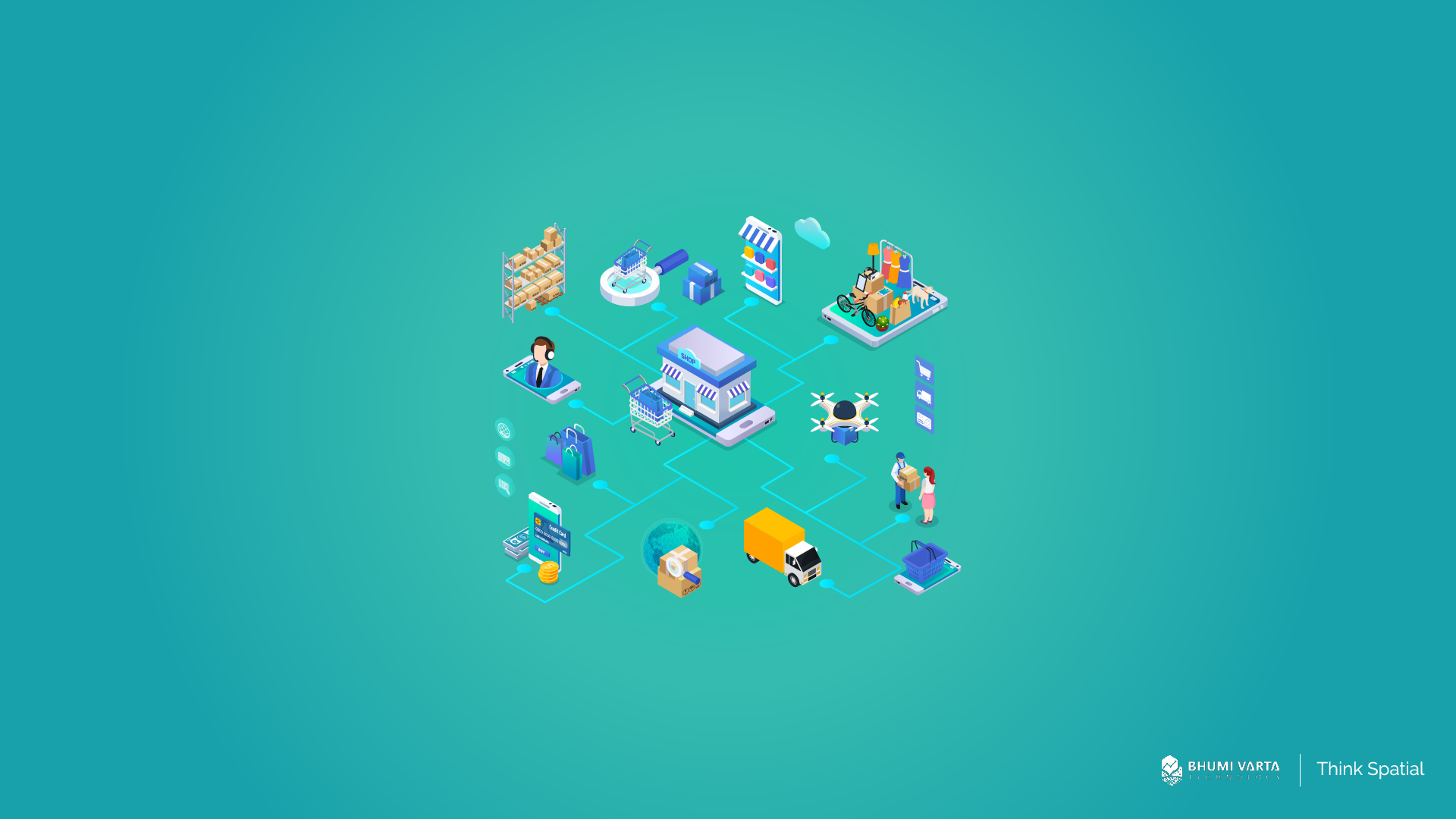Amid weakening purchasing power and uncertain economic conditions, businesses must act swiftly and adaptively. Survival alone is not enough, businesses need to make informed decisions based on real-world conditions to stay relevant and competitive.
In challenging times like these, retail location data becomes a valuable tool for optimizing operations. By leveraging location-based insights, businesses can identify areas with rising or declining activity, determine strategic locations for expansion, or improve operational efficiency.
So, how does retail location data actually work, and why is it becoming increasingly vital in a sluggish economy? Find the full explanation in this article.
Contents
Operational Optimization Through the Use of Location Data
Retail location data refers to information that pinpoints the geographical position of a store or business premises. This data is often enriched with key insights such as foot traffic volume (the number of people passing by the location), consumer behavior patterns, and the position and distribution of nearby competitors.
When combined with other types of location data, such as demographic information and transportation access, businesses can uncover deeper insights. These insights form a strong foundation for making more accurate and strategic decisions in day-to-day operations.
So, how exactly can businesses optimize their operations by leveraging location data?
Identifying Underperforming Stores
One of the key benefits of retail location data is that it offers a clearer and more comprehensive view of each store’s performance.
With this data, businesses can not only identify which stores are performing well or underperforming but also understand the underlying factors affecting their performance. This includes analysis of various aspects such as the store’s geographic location, the surrounding environment, accessibility, and the level of competition in the area.
For example, high-performing stores are often situated in areas with heavy foot traffic, close to activity hubs, or easily accessible to the target market. On the other hand, underperforming stores may be located in less busy areas, harder to reach, or surrounded by stronger competitors.
These insights empower businesses to take strategic, data-driven actions, such as closing unprofitable stores or relocating them to more promising locations.
As a result, the store network can be optimized more efficiently, made more responsive to market conditions, and positioned to contribute more effectively to overall business performance.
Improving Distribution and Logistics Route Efficiency
Another key benefit of retail location data is its ability to help businesses identify the most efficient distribution and logistics routes. By leveraging location data, businesses can determine which routes offer the best efficiency for their distribution processes. This involves considering various factors such as traffic conditions, travel distance, and estimated travel time.
With accurate analysis, businesses can reduce travel time, save fuel, and lower overall shipping costs.
Location data also plays a crucial role in selecting the most strategic locations for warehouses. By choosing optimal warehouse locations, delivery times can be significantly reduced, resulting in a more efficient distribution process and faster, more cost-effective deliveries to customers.
Focusing Marketing Efforts on High-Potential Locations
The last benefit of retail location data is its ability to help businesses focus their marketing efforts on areas with high potential. By leveraging location data, businesses can identify regions with greater demand or promising opportunities, enabling more targeted and effective marketing campaigns.
This data allows businesses to craft personalized and relevant marketing strategies tailored to local consumer preferences and behaviors, thereby increasing the likelihood of conversions.
Focusing marketing efforts on high-potential locations also enables better resource allocation, both in terms of budget and personnel.
As a result, businesses can avoid unnecessary spending, maximize marketing impact, and increase their chances of achieving goals such as boosting sales, expanding market share, or launching new products successfully.
Optimize Business Operations with LOKASI Intelligence
LOKASI Intelligence is a geospatial platform that integrates location intelligence technology with location-based data. Through LOKASI, businesses can gain deeper insights into the performance of each of their stores, including the factors that influence store performance—such as geographic location, visitor traffic density, and surrounding market characteristics.
In addition, LOKASI enables businesses to identify the best locations for opening new branches or relocating underperforming stores, based on market potential and optimal accessibility.
This platform can also be used to identify the most efficient distribution routes, helping businesses reduce delivery times and operational costs, thereby improving distribution efficiency and speeding up customer service.
Learn more about how LOKASI Intelligence can support your business by contacting:
Email: [email protected] or WhatsApp: 087779077750.
FAQ
What does “retail” mean?
Retail refers to a type of business that involves the buying and selling of goods or services directly to consumers, either in single units or in smaller quantities.
What is retail analytics?
Retail analytics is an approach used to analyze data gathered from retail business operations, with the goal of generating insights that support more accurate and strategic decision-making.
What is a retail location?
A retail location is a place where products are sold to customers.



